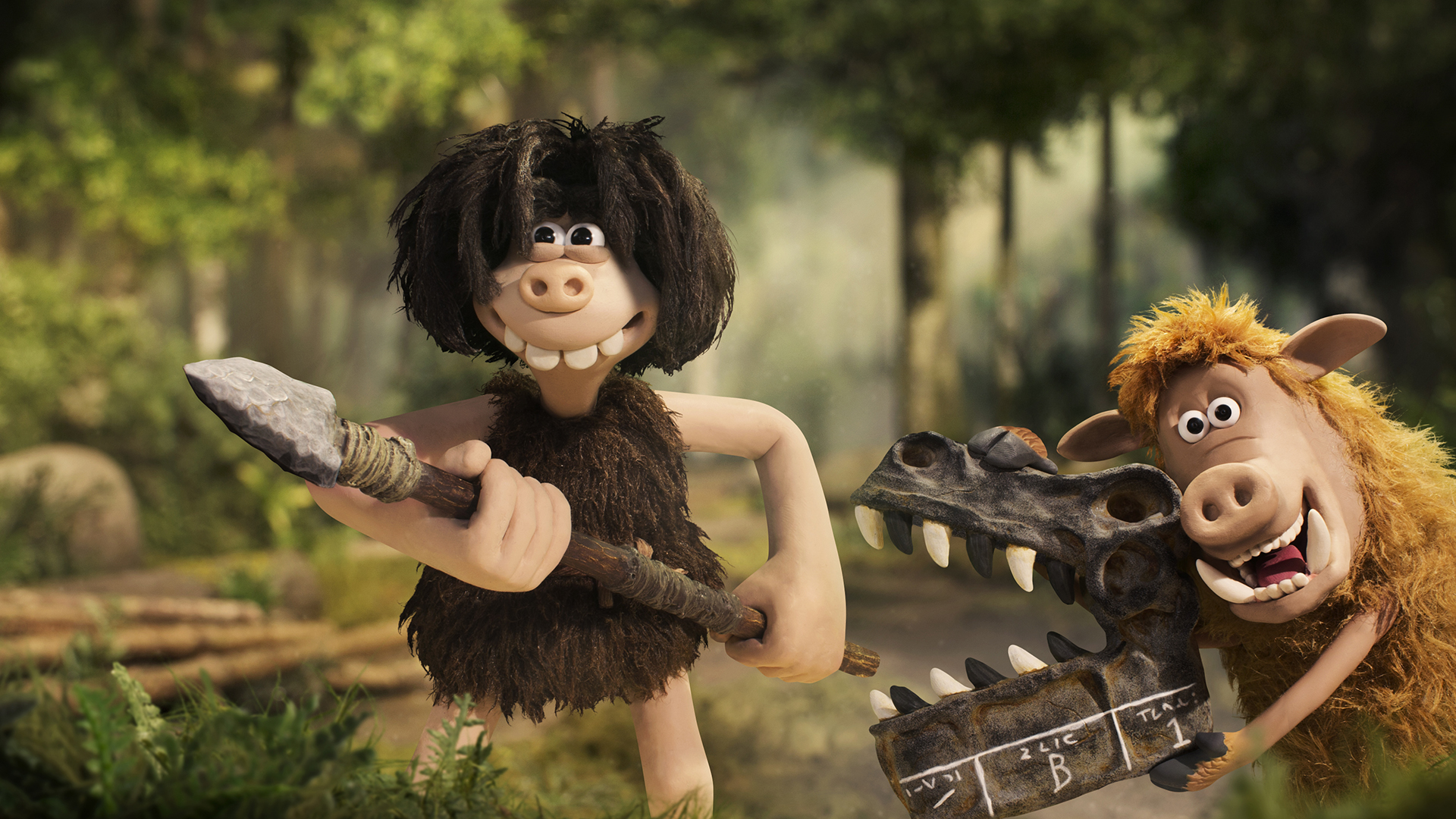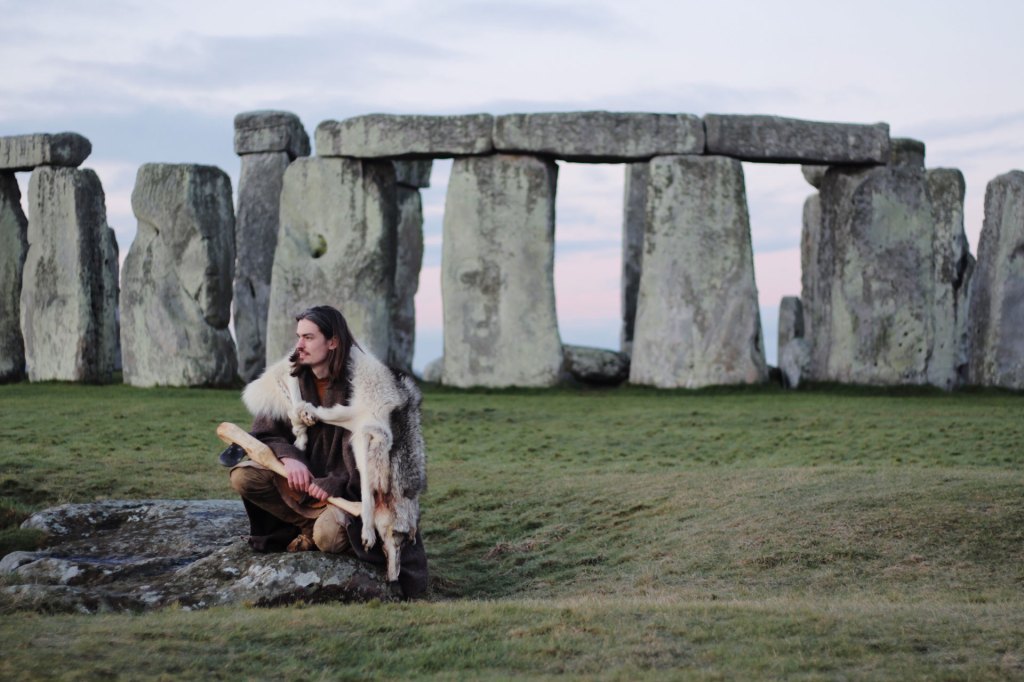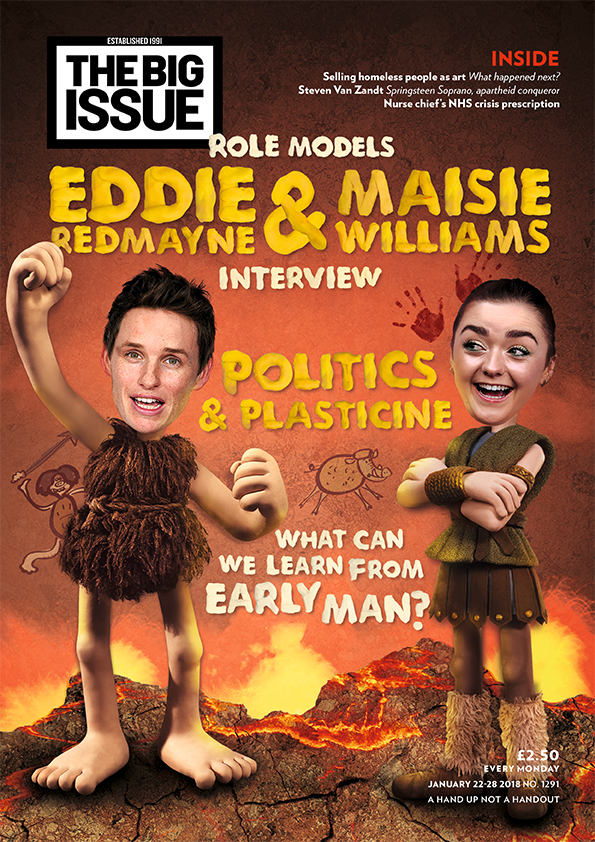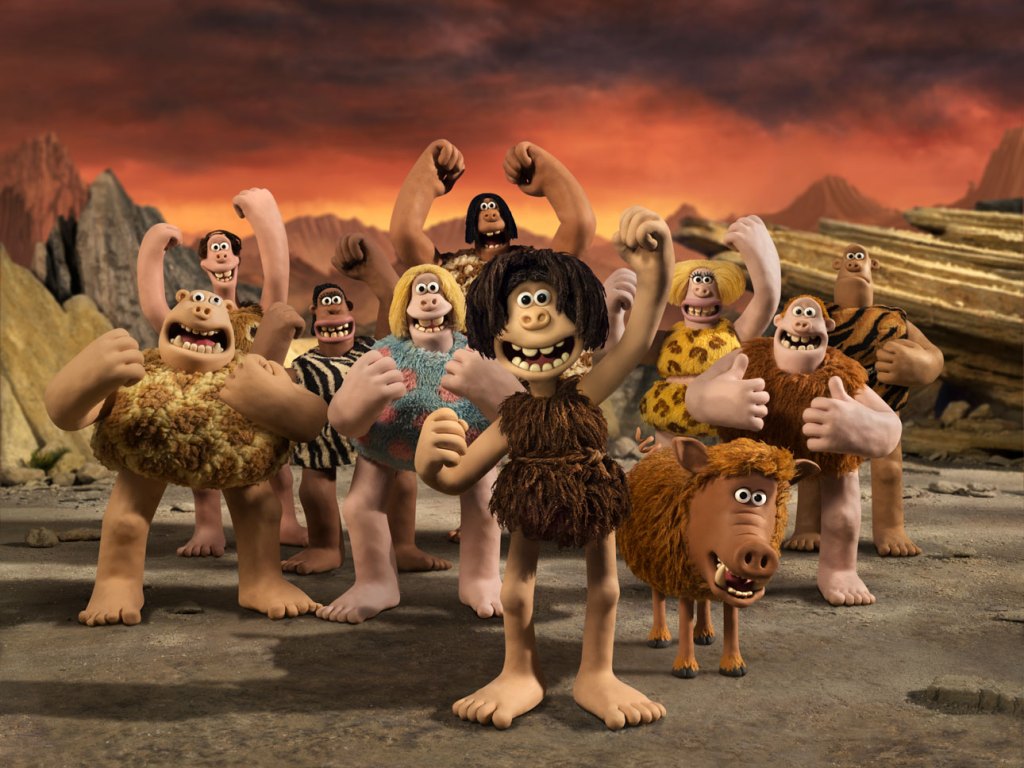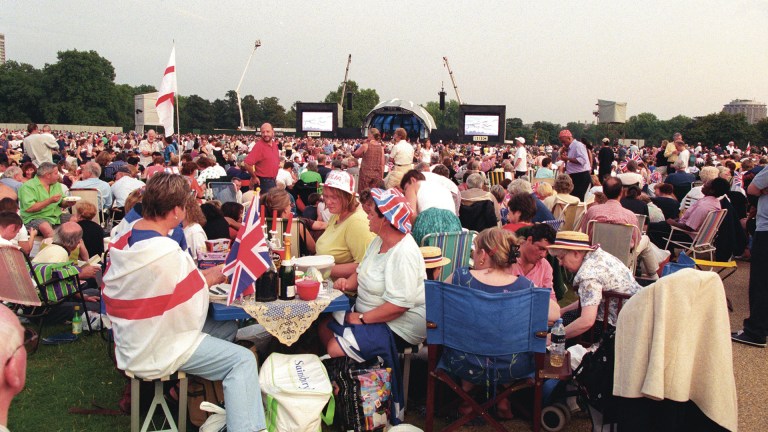What does someone who knows all about the real life of actual Stone Age humans think of the prehistoric, football-loving proto-Brits in Early Man, Aardman’s latest animated adventure? We asked James Dilley, an experimental archaeologist and specialist in European Prehistory at the University of Southampton (who knows how to wield a Neolithic spear and make a Bronze Age axe) to go along to a special screening of Early Man and give us his verdict [with footnotes to explain what was really going on…].
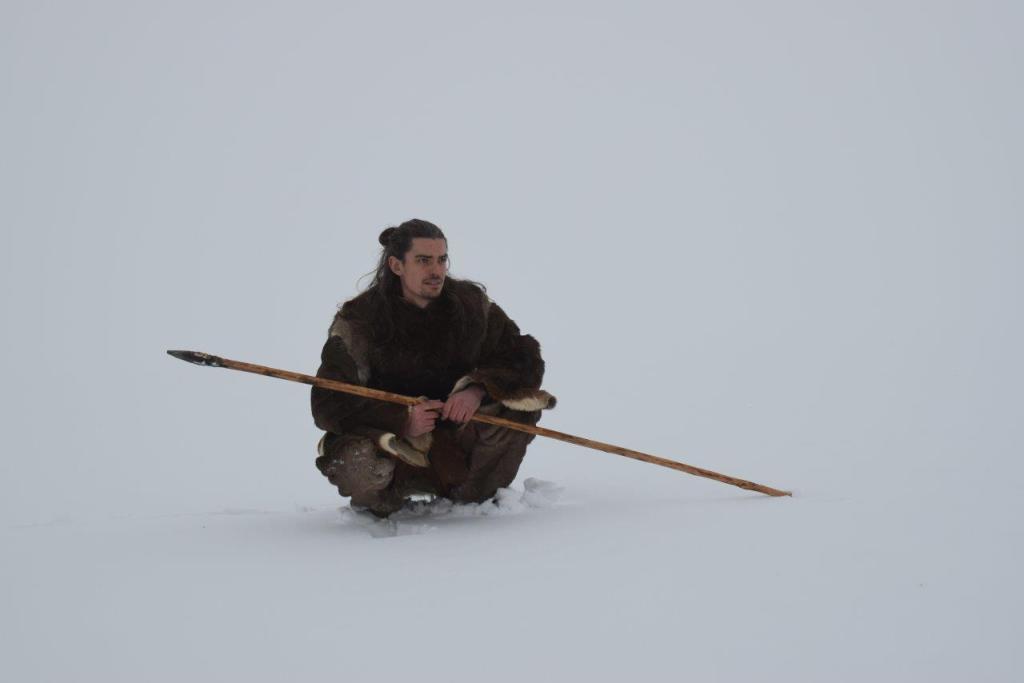
As an archaeologist at the University of Southampton specialising in experimental archaeology and European prehistory, news of an Aardman film set during the Stone to Bronze Age transition was met with excitement – and concern that the time period I study and promote through public outreach could be portrayed inaccurately.
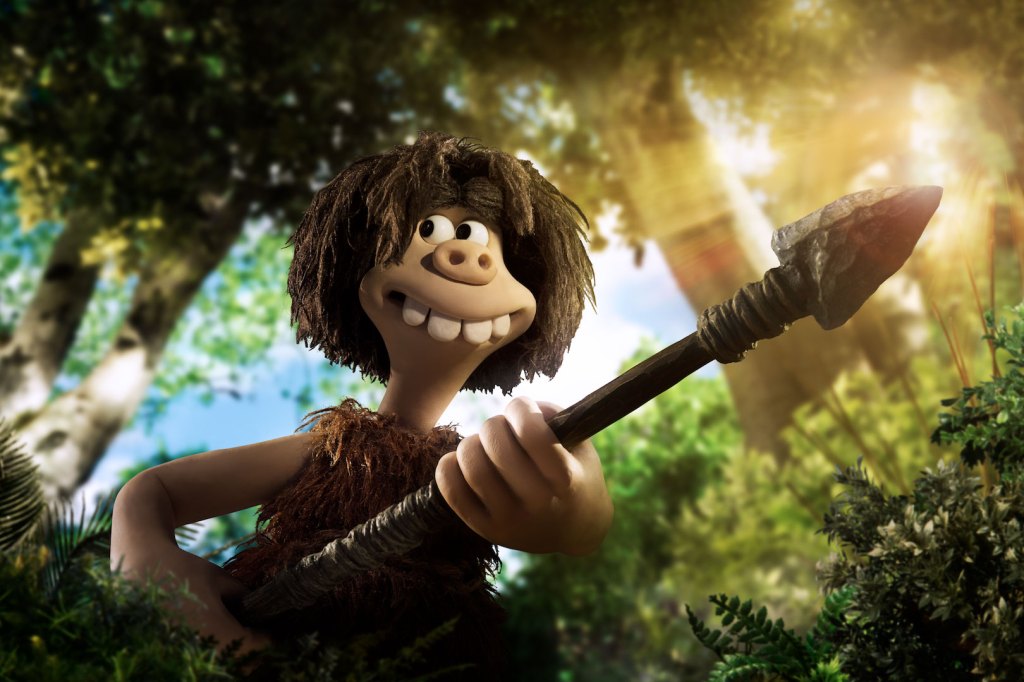
The protagonist in Early Man [1] is Dug (Eddie Redmayne) who, in classic Aardman style has a trusty animal companion in the form of Hobnob the wild boar. However, we don’t meet the pair from the start as the plot begins some time before. The pair we meet first are a T-rex and Triceratops battling it out in the same way we’ve all seen in books about dinosaurs. Further away is a gang of prehistoric people also battling it out over some XXL meal deal drum sticks. Such a sight would generate a feeling of dread to anyone studying prehistoric life. The scene is quickly interrupted by an incoming asteroid. The prehistoric people who somehow survive the impact (the same can’t be said for the dinosaurs) discover a hot sphere in the crater which turns out to be bronze.
The footballers of Real Bronzio maintained their clean-shaven appearance to match their sporting prowess. Strong evidence of self-grooming and shaving appeared in the Bronze Age with metal razors and tweezers.
The ensuing game of hot potato evolves over time into football which forms of the core of the plot. Much later, Dug and his group of Stone Age people live in the crater which has become a lush oasis surrounded by the environmentally hostile “Badlands”. Their peace is interrupted by metal-clad mammoths [2] and soldiers led by Lord Nooth (Tom Hiddleston) who are searching for sources of metal ore. After being driven from their homeland, Dug discovers this new Bronze Age society is held together by football. Dug has to unite his tribe [3] with the assistance of the highly skilled Goona (Maisie Williams) to challenge the team from the city to reclaim their homeland.
There are some brilliant puns (Early Man-Utd is just one) and Flintstones-esque moments throughout the film, including the use of a beetle as a razor [4] by the group’s leader Chief Bobnar (Timothy Spall).
